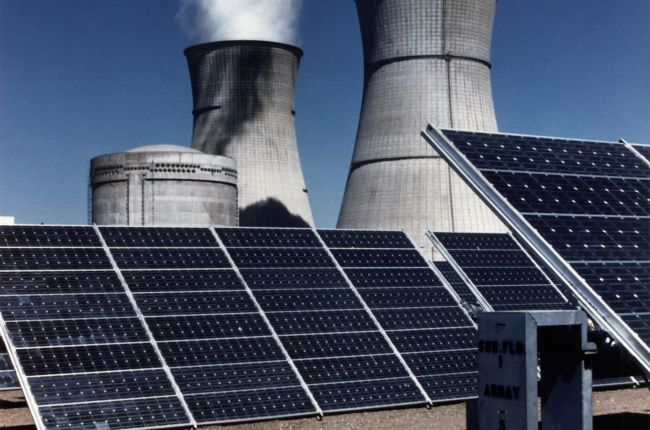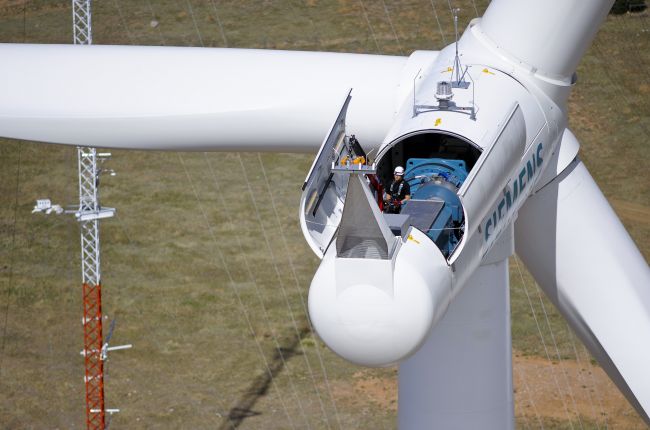The coupling of the earth system with the welfare of the economy and society is no more evident than through the impacts of changes in climate. The critical tenets of a thriving society - stable food and water supplies and resilience to hazards - are acutely sensitive to changes in climate as a central expression of the earth system. Therefore, climate change poses serious risks to all nations and all people.
Scientists have determined that recent climate change, primarily driven by human-caused greenhouse gas emissions, has been:
- Changing the physical characteristics of the Earth: global temperature increase of about 1.8°F from 1901 to 2016, global sea level rise of 7–8 inches in the last 100 years, reductions in snow and ice coverage, and shifts in weather patterns including increases in the frequency and intensity of heavy precipitation events in most parts of the US
- Changing Earth’s biological systems: species locations, timing of life events, and occurrence and flow of goods and services from natural and managed systems
- Changing the chemical characteristics of the Earth: increased carbon dioxide intake by the oceans has resulted in ocean acidification that can harm vulnerable marine ecosystems
These changes impact society and every economic sector, including infrastructure, energy supply and demand, and fisheries and agricultural productivity and operations. Future changes are dependent on atmospheric greenhouse gas levels and the responses of the other parts of the earth system.
Options for managing risk associated with climate change fall into four broad categories:
- mitigation— efforts to reduce greenhouse gas emissions or enhance sinks;
- adaptation— increasing society’s resilience to changes in climate;
- geoengineering or Earth engineering— additional, deliberate manipulation of the earth system to counteract some of the impacts of greenhouse gas emissions; and
- research and education— studying the impacts of climate change and mitigation, adaptation, and geoengineering strategies and communicating the findings. Geoscientists provide vital insight in all four areas.
Change Is
Scientists have determined, with high confidence that:
- People have caused a 45% increase in carbon dioxide concentrations in the atmosphere
- Human-caused increases in greenhouse gases are primarily responsible for global warming of 1.9°F since 1880
- The consequences to people from climate change are large and increasing
- Warming is changing the physical characteristics of the Earth (where oceans and coasts meet; weather patterns; and the location of ice and snow)
- Warming is changing biological systems: species locations; timing of life events; and occurrence and flow of goods and services from natural and managed systems
- Warming is impacting society and every economic sector: infrastructure; energy supply and demand; agricultural productivity and operations
- Warming will continue from our past emissions and future emissions will add to warming
For a climate-resilient nation:
Evaluate and implement strategies to minimize the release of greenhouse gases and increase the removal of greenhouse gases already in the atmosphere (mitigate climate change). Mitigating climate change is centrally driven by reducing the amount of carbon released into the atmosphere, especially through fossil fuel combustion. Geoscientists engage in various parts of this effort, such as providing the specialty mineral resources necessary for the energy transition to a low-carbon economy. Removal of carbon is another strategy, and geoscientists are working on carbon storage through both existing and innovative approaches including carbon sequestration in soils, enhanced weathering, and carbon capture and storage (CCS) in deep geologic formations.
Plan for the diverse and complex societal impacts of climate change (adapt to climate change impacts). Climate impacts include shifts in the location, timing, and intensity of both single weather events, like heat waves and winter storms, and extended effects, such as drought, crop failures, vector-borne diseases, sea level rise, and damage to ecosystems1 , which carry the potential for long-term social and economic impact. Insight from geoscientists, who study the components of the earth system and their connections, strengthens climate-change adaptation plans.
Encourage research to advance our understanding of the connection between Earth’s systems, human activity, and climate change. Earth’s climate has shaped, and been shaped by, land, water, ice, and the ocean, for over four billion years. Geologic evidence helps us understand feedbacks within the earth system under past climates and improves our ability to predict how ecosystems will respond to continued climate change driven primarily by human-caused greenhouse gas emissions. Additional research into the potential for abrupt and irreversible climate changes and the impacts of mitigation, adaptation and geoengineering strategies is needed to inform climate-related decision-making. Advancing geoscience knowledge and understanding will empower and improve future responses to climate change.
Create policies using the best available evidence. Managing the risks of climate change depends on making the best possible use of the knowledge and understanding that we already possess. Scientists, decision-makers, members of the media, and the public must work together to have a common understanding of scientific evidence; appropriate expectations for the potential for scientific advancement; and a shared appreciation for the potential and limits of science to enhance decision-making.






